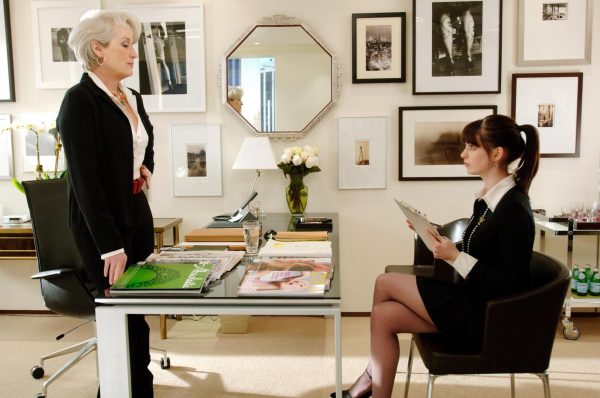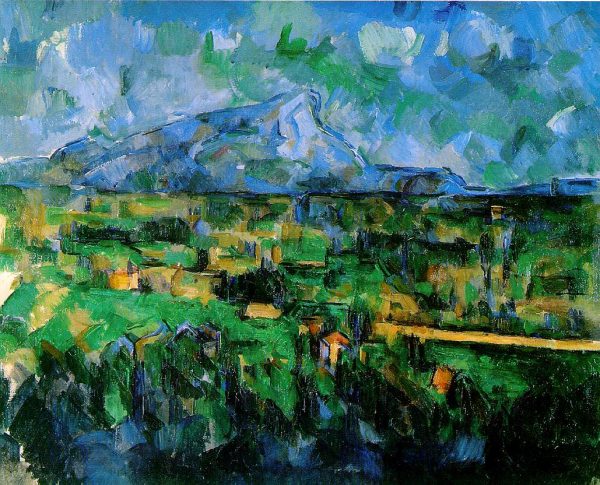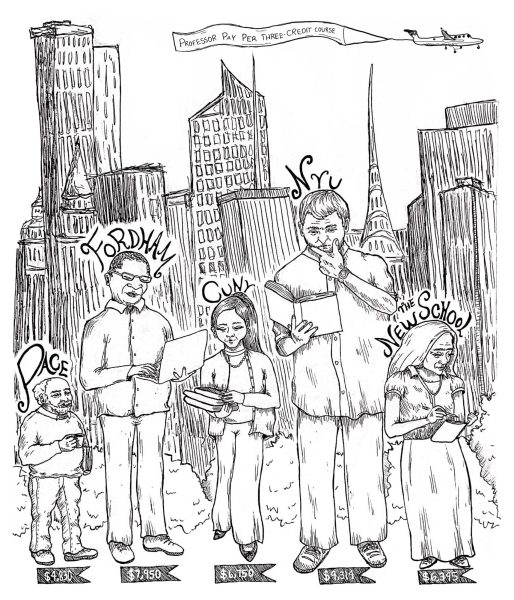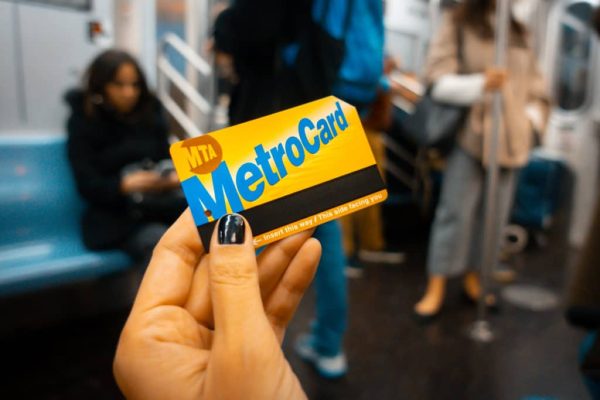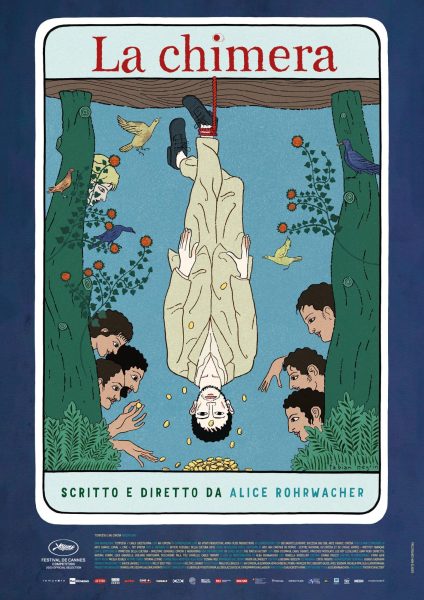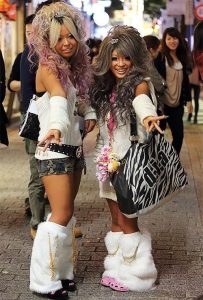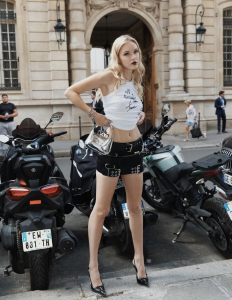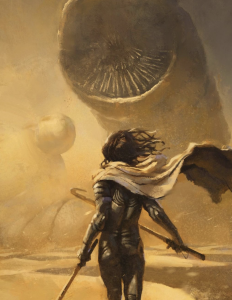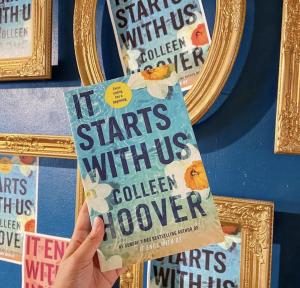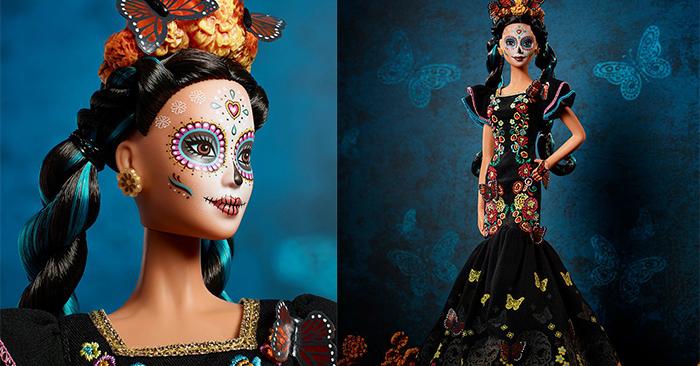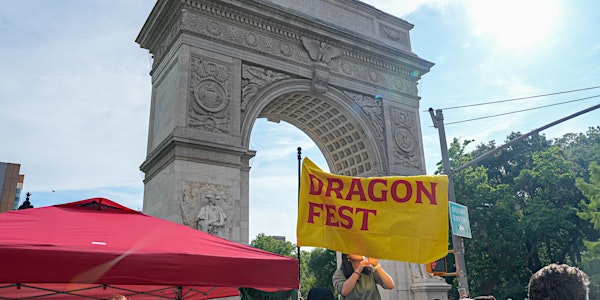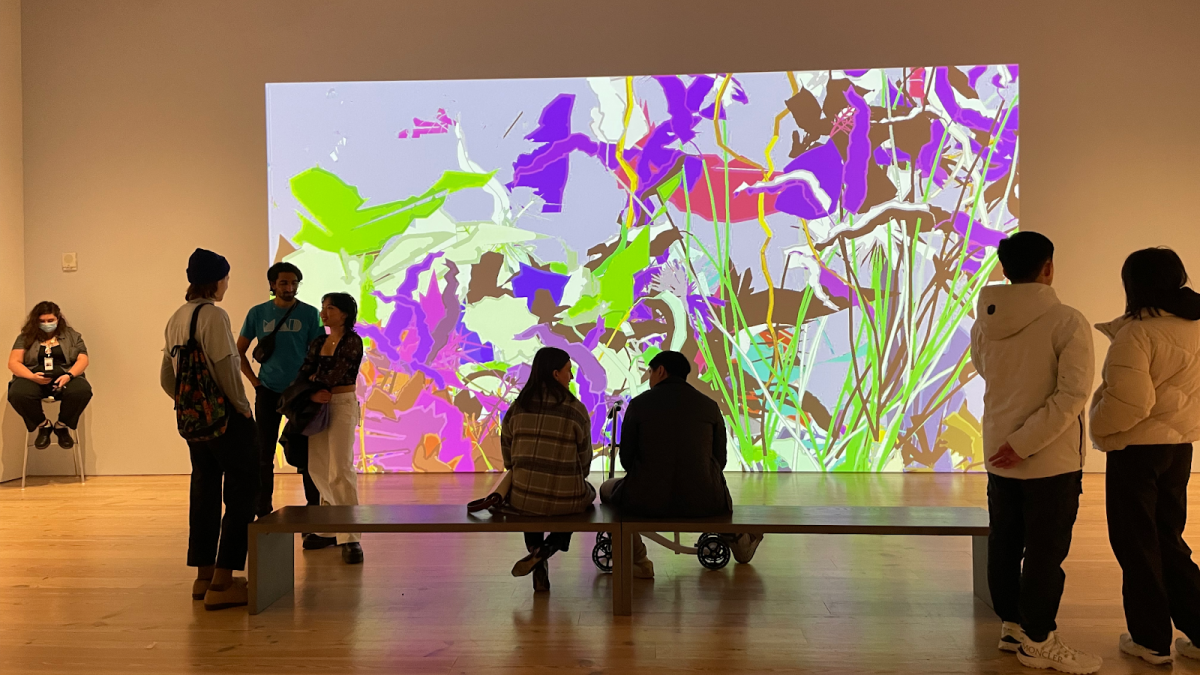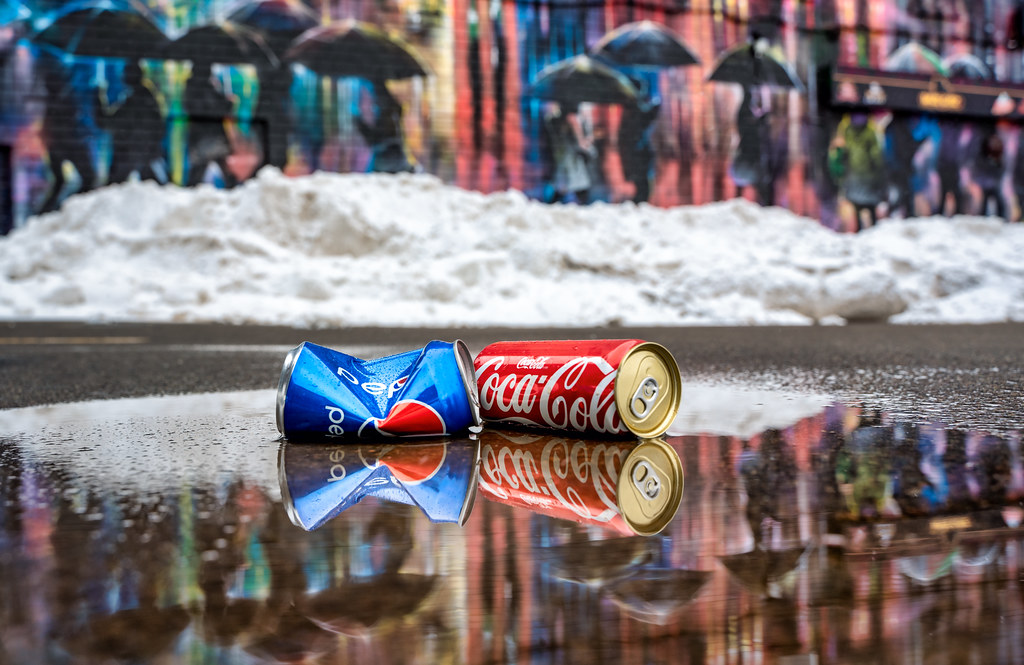Mattel’s announcement of their new Día de los Muertos Barbie doll for their Barbie Signature collector’s line was received with a mixed reception. The $75 Barbie was released on Sept. 12 and is already out of stock at Amazon, Target, and Walmart. Many consumers were enthusiastic about the product’s Latino representation, whereas a vocal majority were appalled by the doll’s inherent cultural appropriation. North American toy company Mattel credits Mexican-American senior designer Javier Meabe as the doll’s auteur. However, the depiction of Día de los Muertos in American popular culture is not solely a concern for representation, but just as much to do with misconception; that consumers should understand that this holiday is in no way equivalent to Halloween.
University freshman Mariana García Tinoco describes how, since the release of Disney Pixar’s Coco, more companies have attempted to commercialize the holiday without acknowledging the day’s spiritual and historical significance. “It’s cultural appropriation. Ever since the success of Coco, various companies have tried to use Día de los Muertos as a marketing brand without understanding the meaning of it. They didn’t even care to use the right symbology for the dress and ornaments.” This is in reference to the specific character being portrayed by the doll, which is being the Mexican manifestation of Death, La Calavera de la Catrina. Like the original 1913 print from José Guadalupe Posada that popularized the character, she is always seen wearing a large Mexican sombrero with feathers and roses, according to Annenberg Learner. That particular aesthetic is very intrinsic to the identity of La Catrina, as Posada’s print was made to imitate a very specific demographic that was prevalent during his time, las garbaceras. Garbanceras were known as the working-class women that dressed in fancy attire as to appear like members of the higher aristocracy of the time.
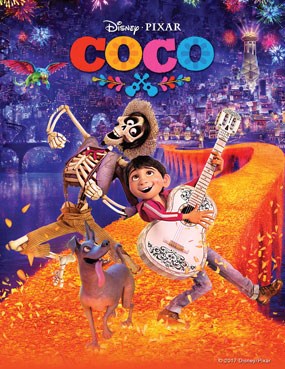
Posada’s interpretation of La Catrina is a satirical icon, with its intent to claim that, no matter how rich or poor anyone thinks they or whether someone is in high social standing, underneath we are all nothing but bones, and we all share the same cosmic fate, being death. The print was also meant to highlight the duality of these women; that they are not who they present themselves to be; that there is a darker side to them that believes that they are of higher importance because of the way they dress. With that said, the doll gives less of the impression that it is a faithful adaptation of the persona as a Barbie doll, but instead that it’s the designer’s own auteurist concretization of the holiday in the context of it being as a Barbie doll.
This is not the first time Mexican culture has been depicted on Barbie dolls. Since the 1970s, Mattel has had their “Dolls of the World” brand, and there are still Barbie dolls being sold under that toyline to this day, according to Cultura Collectiva. In 1989, the first edition Mexican Barbie doll was released, followed by second edition Mexican Barbie released in 1996. What is unique about these dolls is that they are not as commercially accessible as some of the usual dolls. Similar to the Día de los Muertos doll, these are special edition and collector’s edition dolls, made to be sold at a higher price. “If it is for cultural representation, it would be for children to actually buy and play with, not at a $75 price tag under a Collector’s label,” expressed University freshman Alma Gomez Martinez. The closest there is in the market today to a Mexican Barbie doll for children to play with is the Frida Kahlo doll from Mattel’s “Inspiring Women” line from senior designer Kelley Lindberg. On Barbie’s official website, that doll is priced at $29.99.
On the other hand, some have appreciated the parts of the doll that hearken directly to the celebrations and processions of El Día de los Muertos. For instance, University freshman Erica Quintero was pleased to see that the doll wears a similar marigold flower crown and braids that her mom would do for her during the holiday back in Mexico. “I would buy it as a kid. The thing is that, since I’m mestiza, I don’t really celebrate it that much because that’s celebrated mostly by the indigenous people. But my mom would make me the flower crown to wear, and the braids just like on the doll. And the dress looks practically like a modernized Chiapas dress. I don’t think it’s disrespectful, really.”
The design behind the doll itself was made with the utmost respect, as Javier Meabe claims, because being Mexican himself, it was important to him that the doll was made with much care and attention. “[This] is very dear to my heart…I know how important it is to honor and respect family and friends that are no longer with us” he said to the New York Times. Some would argue the respect for the holiday speaks for itself, in the very quality of the doll itself.
The actual packaging for the doll had more work put into in than many other of the collector’s Barbie dolls. Most packages come with a transparent plastic top, and the back of the box may have a description of what the doll is about and what it was made for. For the Día de los Muertos doll, the cover has an original textured print of the doll’s face with the Calavera makeup. The box’s interior has four flat Calavera prints with a candle on top of the skull to symbolize the four cardinal points that in the ofrendas serve as a path for the spirits to find their way back to earth, according to Smithsonian Insider. The skull itself is surrounded by red roses and monarch butterflies, among other details. As far as the actual doll itself, this is one of the most complex paint-jobs done for a Barbie doll’s face due to the Calavera makeup alone.
This is not a usual makeup choice for these dolls, and there were plenty of graphical details added to better enhance the overall aesthetic measure that are only noticed upon closer inspection, namely the six white flowers that almost fade into the white face paint. The final detail that makes this doll unique is, although the bottom of the dress with the butterflies and skulls are just a regular print, the rest of the embroidery was sewn. However, consumers will take issue with some of the aesthetic choices although the doll is meant to be an amalgamation of the holiday as a whole as opposed to one single concept.
There may have been no ill intent behind the making of the Día de los Muertos Barbie doll, but consumers may continue to question whether or not this is all for profit or for progress.
